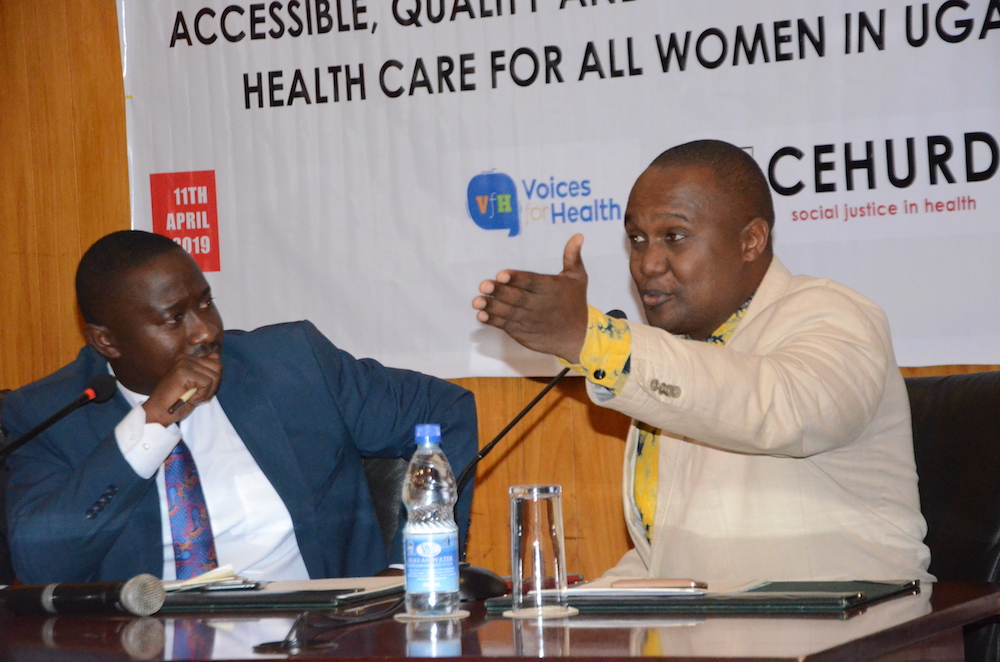Women’s day is commemorated every year to celebrate and reflect on the role of women in society. The rights of women and taking stock of how these rights have been protected or infringed upon. Wit the theme for this year’s Women’s Day is, “think equal, build smart and innovate for change,”this theme seeks to put innovation by women and girls, for women and girls at the heart of efforts to achieve gender equality.
What does this theme mean for Uganda’s women and girls that make up over 50% of the population? We need to continue to the real issues that affect the lives and women and girls in Uganda. Having closely followed the current discourse in Uganda about the issues that result in death, permanent complications and disease for this gender, it is becoming increasingly clear that we cannot let this women’s day commemoration go by without a reflection on whether our women and girls have benefitted from technological advancement in the field of health and more specifically Sexual Reproductive Health and Rights.
A 2017 UNAIDS study found hat young girls between the age of 15-24 are disproportionately affected by HIV infection, with the HIV prevalence among adolescent girls at 9.1% is higher a than the national prevalence rate that stands at 7.3%. Government statistics also indicate that 1 in 4 girls iseither pregnant or has already had a baby by their 19thbirthday. We cannot have a meaningful conversation about the state of Sexual Reproductive Health and Rights of women and girls in Uganda without reflecting on the high numbers that die annually due to pregnancy related complications, this is very critical since adolescents have been noted to have an increased risk of death during pregnancy or childbirth compared with older women. Of women that die due to pregnancy related causes and therefore there is no surprise that 57,000 abortions took place amongst adolescents in Uganda in 2013.
Other female experiences like menstruation have had dire consequences on the well being of the female gender. The critical unavailability of sanitary products in Uganda like in all developing countries is a major barrier to education for girls of school-going age. The inability to effectively manage menstruation contributes to absences of up to 4-5 school days each month, equating to as much as 20% of the academic year intentionally skipped, simply due to menstruation. Eventually many of these girls drop out of school entirely, increasing their likelihood of early pregnancy health complications and early marriage, and further limiting their future career and economic opportunities.
All is not lost and I am sure that it is no coincidence that this year’s theme for women’s day celebrates the role of innovation in promoting gender equality. Innovations like methods of contraception that can delay and altogether prevent pregnancy, re-usable pads and the menstrual cup that can be utilized for 10 years. This is not to mention programs like Sexuality education and School Health Programs that seek to impart young people with knowledge and information to enable them make healthy life choices become critical. Above all, Sexual Reproductive Health innovations, programs and methods for delivery of the same that are tailored to the unique needs of women especially those still going through physical development are very critical.
As we commemorate the International Women’s day, we need to prioritize these innovations that cannot only improve the quality of lives of our women and girls, thisrequires putting in place enabling laws and policies, ensuring availability of funds to support such programs and above all protecting the rights of women and girls from derogation.
By Joy Asasira

